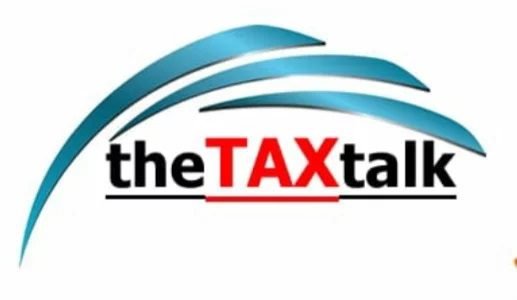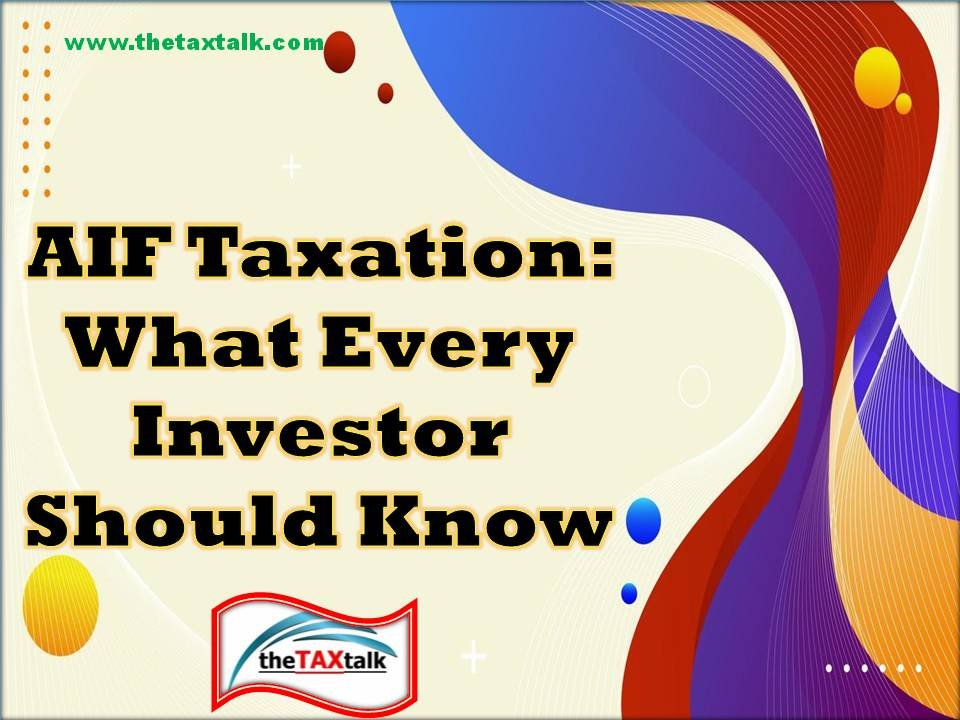![]()
AIF Taxation: What Every Investor Should Know
With alternative investments gaining traction, understanding the tax implications of different Alternative Investment Fund (AIF) categories is more important than ever. O
Let us know more about it.
1. Category I & II AIFs: Harnessing the Pass-Through Benefit
Non-Business Income:
For capital gains and other income (excluding business income), these funds offer a pass-through mechanism. This means that instead of the fund being taxed, the tax liability flows directly to you-the investor-at your applicable rate.
Business Income:
If a fund qualifies its earnings as business income, that portion is taxed at the fund level, not passed on to individual investors.
One may appreciate that the Pass-through structure in Categories I and II is especially attractive for those looking to align their tax burden with their personal tax brackets. It allows for greater flexibility in tax planning and can help optimize overall returns, provided you understand the holding periods and applicable rates.
2. Category III AIFs: Navigating Direct Taxation
Direct Tax Liability:
Unlike Categories I and II, Category III AIFs do not enjoy pass-through status. Instead, the fund itself is responsible for paying taxes on the income generated.
Trust Structure:
Often set up as trusts, these funds, if classified as “specific and determinate” (with clearly defined beneficiaries), have the trustee handle the tax obligations on behalf of investors.
While Category III funds might offer exposure to more diversified or aggressive trading strategies, their direct taxation means that investors need to carefully assess how these taxes will affect net performance. Understanding this structure is critical when aligning your investment strategy with your overall tax profile.
Conclusion:
Strategic Alignment: Whether it’s leveraging the pass-through benefits of Categories I & II or accounting for the direct tax implications of Category III, aligning your AIF selection with your personal tax situation can make a significant difference.
Informed Decision-Making: A deep understanding of these tax structures not only aids in planning but also in managing risks and maximizing returns over the long term.
I encourage fellow investors and finance professionals to delve into these details and consider how the tax structure of AIFs might impact your broader financial strategy. Let’s keep the conversation going-share your thoughts and experiences in the comments below!


